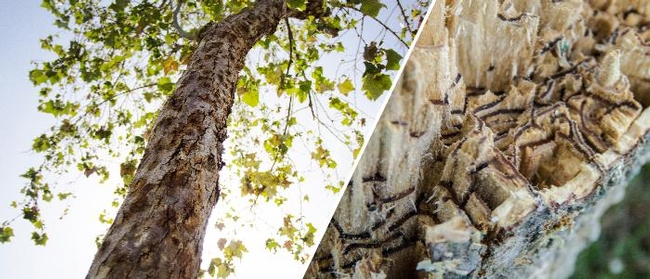The following is the abstract of a recent article highlighting the occurrence of the invasive shot hole borer that is found in California and described in our blog site:
Invasive species are a problem world-wide and this is an example of how invasives can arrive in multiple countries at the same time and/or how possibly they might move from somewhere like California to another far away country like South Africa. People are the usual agents for carrying these pests around the world.
The polyphagous shot hole borer (PSHB) and its fungal symbiontFusarium euwallaceae: a new invasion in South Africa
The polyphagous shot hole borer (PSHB), an ambrosia beetle (Coleoptera: Curculeonidae: Scolytinae) native to Asia, together with its fungal symbiont Fusarium euwallaceae, has emerged as an important invasive pest killing avocado and other trees in Israel and the United States. The PSHB is one of three cryptic species in the Euwallacea fornicatusspecies complex, the taxonomy of which remains to be resolved. The surge in the global spread of invasive forest pests such as the PSHB has led to the development of programs utilizing sentinel tree plantings to record new host-pest interactions. During routine surveys of tree health in botanical gardens of South Africa undertaken as part of a sentinel project, an ambrosia beetle/fungal associate was detected damaging Platanus x acerifolia(London Plane) in the KwaZulu-Natal National Botanical Gardens, Pietermaritzburg.
Identification of the beetle by sequencing part of the mitochondrial cytochrome oxidase c subunit 1 (COI) gene confirmed its identity as PSHB, and specifically one of the invasive haplotypes of the beetle. The associated fungus F. euwallaceaewas identified based on phylogenetic analysis of elongation factor (EF 1-α) sequences. Koch's postulates have confirmed the pathogenicity of fungal isolates toP. x acerifolia. This is the first report of PSHB and its fungal symbiont causing Fusarium dieback in South Africa. This report also represents the first verified case of a damaging invasive forest pest detected in a sentinel planting project, highlighting the importance of such studies. Given the potential impact these species present to urban trees, native biodiversity and agriculture, both the PSHB and its fungal symbiont should be included in invasive species regulations in South Africa.
The full paper is at:
https://doi.org/10.1007/s13313-018-0545-0
Photo: Infected sycamore which is related to London plane tree.
Attached Images:
